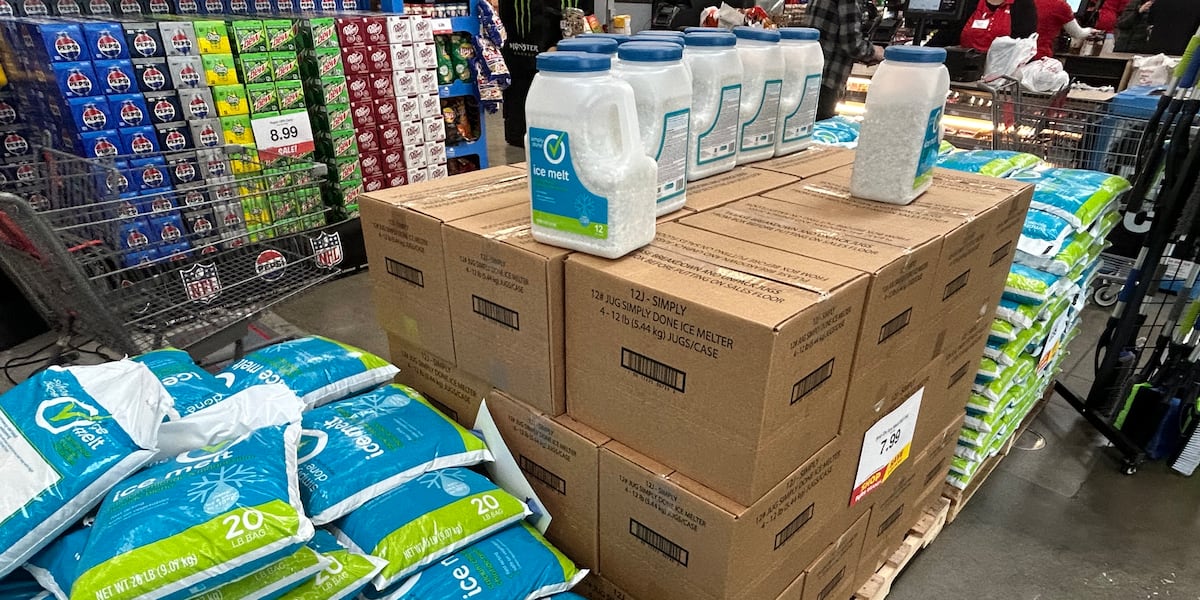Shopping
When to skip laundry day: how sustainable fashion evolved beyond shopping

So you’ve broken up with fast fashion. Congrats! You’ve switched to buying secondhand, started to shop local and swapped polyester for EcoVero viscose. All worthy steps, and yet the climate is still in crisis, and there is more that can be done.
Once upon a time, I thought sustainable fashion meant clothes I couldn’t afford, in shapes I would never wear, and in shades inspired by ancient grains. To have an ethical wardrobe, I believed, meant to resign oneself to life in a porridgey hemp sack dress. But over the past decade, the industry has swelled with a new wave of designers determined to prove me wrong. Suddenly there were new brands for every style, all using cleaner, greener, fairer methods of production.
At the same time, secondhand was emerging as the shopaholic’s guilt free alternative – whether “true” vintage from eras past, or last season’s unloved duds via booming resale apps. The secondhand clothes market is set to overtake fast fashion by the end of this decade. As awareness grows, fortunately, so have our shopping options.
Which is ironic, because if there’s one thing the researchers, activists and advocates agree on, it’s that we can’t shop things better. Quite the opposite. The next phase of fashion’s revolution has been waking up to the truth: that producing new clothing can never be “sustainable” while the planet is groaning under the weight of our castoffs.
Kantamanto market in Accra, Ghana, has become a symbol of both the problem and its solution. Some 15m secondhand garments arrive in the country weekly, mostly from Europe and the US. Skilled local artisans fight against the avalanche of waste by repairing and upcycling as much as they can – but around 40% go unsold and end up carpeting the beaches like seaweed.
Back home, the discourse has shifted to focus not on what we buy, but what we don’t. How do we keep our clothes in use and make them last longer? How do we stay in love with them, instead of letting our eyes wander?
While brands still have a huge part to play in fashioning a better system, bragging rights no longer belong to brand new threads but to something storied, well worn and lovingly maintained. Visible mending is becoming a badge of honour, as people push back against fast fashion’s culture of planned obsolescence.
Fashion activist Orsola de Castro recently took to Instagram to update her much-quoted missive that the most sustainable garment is the one already in your wardrobe. “When it comes to clothes, maintaining, caring for and repairing your own is the most sustainable thing you can do,” she wrote.
It’s a democratising take on a system that has long been criticised for its elitism. We might not all be able to afford a pair of £300 trousers, but we can try to look after the ones we have. We can invest our time; in repairing the zip when it breaks, in having them altered when our body or our taste changes, and in looking after them carefully on a day-to-day basis.
Which leads us to the next frontier: washing. It might not be the sexiest part of the sustainability conversation, but it’s time to hang our laundry habits out for inspection.
Up to 25% of a garment’s carbon footprint comes from the way we care for it, according to appliance manufacturer AEG. If you’re one of the many people who fling everything in the laundry basket each night as a matter of course, take note. Beyond the environmental and financial cost of all that heating and spinning, there’s another reason to employ the sniff test. Overwashing is damaging our clothes, too.
Take a moment to reflect on your own laundry tragedies. We all have them; the in memoriam reel of wardrobe heroes taken too soon. The jumpers you’ve lost to shrinkage, the white shirt that took on a red sock and lost, the slinky dress that never slunk the same way again. One 2021 study found that we each lose an average of 95 items of clothing across our lifetime to washing disasters.
The answer? Wash less, and wash better. It’s time to make that clothes strewn “re-wear chair” in our bedrooms a point of pride, not shame.
Of course, this is always going to be subjective – one person’s mustard stain is another’s “decorative” motif. And let’s agree that anything worn intimately should still be washed every time. But for everything else, stop and ask yourself: does it really need full immersion, or is this something a spot wash could fix?
When the answer is “no”, cooler temperatures and shorter cycles can also reduce the stress put on fabric and help your favourite garms last longer – which is a winner for your pocket and the planet.
Wrap – an NGO dedicated to tackling the climate crisis – estimates that by extending the life of a garment by just nine months, you can potentially reduce its carbon, water and waste footprint by 20-30% [pdf]. Not to mention saving precious hours scrolling for replacements.
But if all this is going to work then we might need to rinse off a few lingering social norms. Is it time to reinvent “too posh to wash” as a TikTok aesthetic for the indie sleaze revival? To popularise the adult bib? Or simply to embrace the mentality of previous generations, for whom buying clothes meant committing to them for the long haul?
Because “responsible” fashion means nothing unless we’re prepared to accept responsibility too. We need to love our clothes loudly and proudly. Repair them, treat them with care, wear them on repeat – and normalise skipping laundry day. It might actually be the cleanest option.
Enjoyed this article? Why stop there? Continue your journey to live clean at ecover.com/letsliveclean










